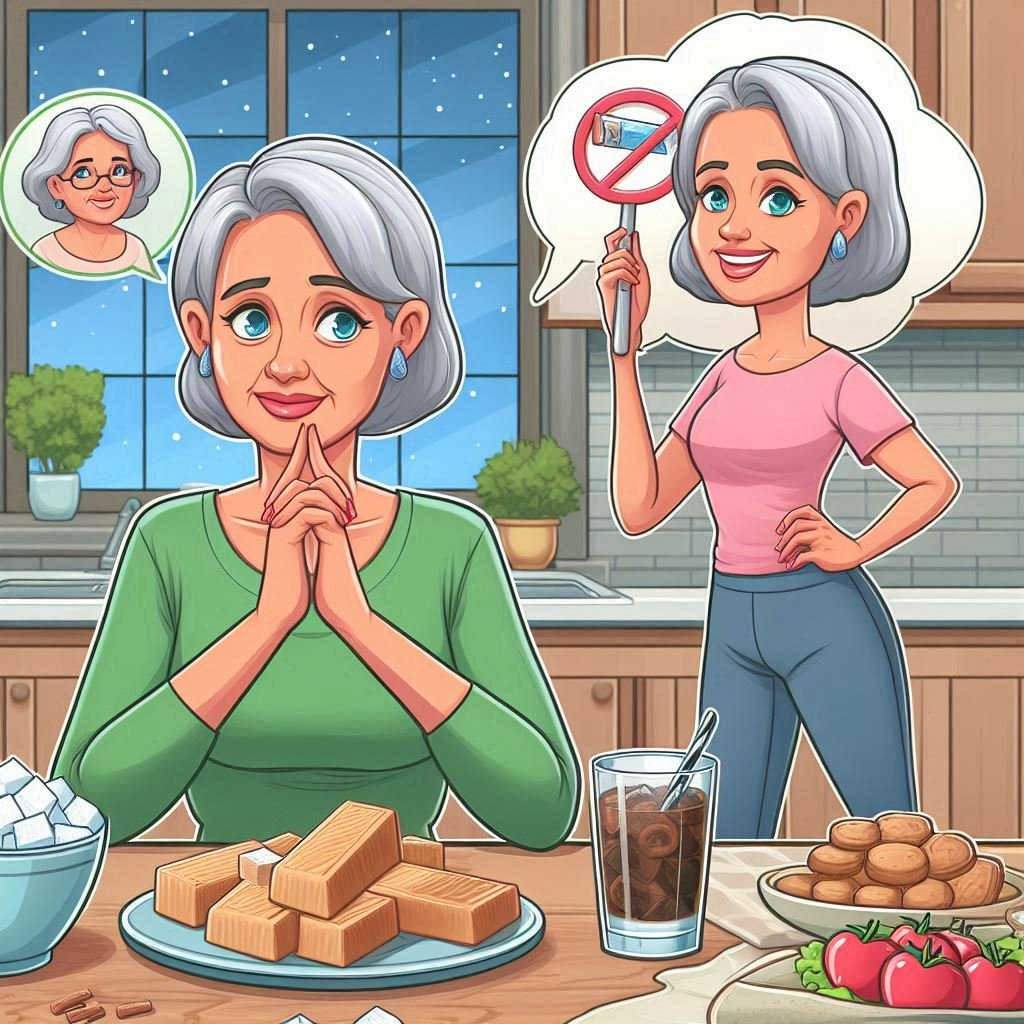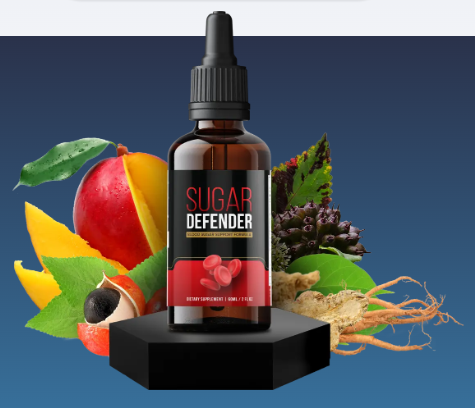Top Health & Wellness Product Reviews with Exclusive Sale Prices!
How to Control Sugar Cravings: Effective Tips for Lasting Success

Sugar cravings are something many people experience daily, often leading to overindulgence in sweets, sugary snacks, and processed foods. But these cravings can make it difficult to stick to a healthy eating plan, potentially leading to issues like weight gain, energy crashes, and even long-term health risks. In this article, we’ll explore the causes of sugar cravings, ways to reduce them, and practical tips to keep sugar intake in check. Whether you’re looking to improve your energy, manage weight, or simply feel better, these strategies can help you control your cravings and achieve a balanced diet.
Why Do We Get Sugar Cravings?
Understanding the root causes of sugar cravings is essential to managing them effectively. Here are some common reasons behind those intense urges for something sweet:
- Blood Sugar Imbalances: When blood sugar levels spike and then quickly drop, it can cause feelings of hunger, fatigue, and a strong craving for sugar as the body seeks to regain energy.
- Emotional Eating: Sugar is often a go-to comfort food for dealing with stress, anxiety, or boredom. Emotional eating can quickly become a habit, leading to an over-reliance on sugary snacks for a mood boost.
- Lack of Nutrients: Deficiencies in certain nutrients like magnesium, chromium, or fiber can increase sugar cravings. These nutrients play a role in regulating blood sugar and maintaining a balanced appetite.
- Sleep Deprivation: Poor sleep affects hunger-regulating hormones like leptin and ghrelin, which can increase the desire for high-calorie foods, especially those rich in sugar.
- Habitual Patterns: Eating sweets regularly can create a dependency as the body gets accustomed to regular sugar intake. Breaking this habit can be challenging but crucial for long-term health.
Top 10 Strategies to Control Sugar Cravings
Now that we understand why cravings occur, let’s look at the most effective ways to control and manage them.
1. Start Your Day with Protein and Fiber
A nutritious breakfast high in protein and fiber can stabilize blood sugar levels and keep you feeling full longer. Good options include eggs, Greek yogurt, chia pudding, or a smoothie with protein powder, leafy greens, and berries.
- Why it works: Protein and fiber slow digestion and prevent sudden blood sugar spikes, reducing the likelihood of cravings later in the day.
2. Stay Hydrated
Dehydration is often mistaken for hunger or cravings. Drinking water throughout the day can help you stay hydrated and reduce unnecessary cravings. Aim to drink a glass of water before reaching for a sweet snack to see if the craving subsides.
- Pro Tip: Try adding a slice of lemon, lime, or cucumber to your water for a refreshing taste without sugar.
3. Manage Stress Levels
Chronic stress elevates cortisol, a hormone that can increase cravings for sweets and other high-energy foods. Finding healthy ways to cope with stress—such as meditation, yoga, or even just a walk outside—can help reduce cortisol levels and prevent stress-eating habits.
4. Get Quality Sleep
Sleep impacts hunger-regulating hormones. When you’re well-rested, your body is better at regulating hunger signals. Aim for 7-9 hours of sleep each night to help curb cravings.
5. Eat Regular, Balanced Meals
Skipping meals or waiting too long to eat can cause a drop in blood sugar, which may lead to intense sugar cravings. Aim to eat balanced meals with protein, healthy fats, and complex carbohydrates every 4-5 hours to keep energy levels steady.
- Balanced meal example: A bowl of quinoa with grilled chicken, vegetables, and avocado.
6. Choose Healthier Alternatives
Sometimes, cravings are inevitable. In those cases, opt for healthier, natural sweet treats like a piece of fruit, Greek yogurt with berries, or a small piece of dark chocolate. These alternatives provide sweetness with added nutrients and fewer empty calories.
7. Incorporate More Magnesium and Chromium into Your Diet
Magnesium and chromium deficiencies have been linked to sugar cravings. Foods rich in magnesium (like leafy greens, nuts, and seeds) and chromium (found in whole grains and lean meats) can support balanced blood sugar.
8. Exercise Regularly
Regular physical activity can help regulate appetite and blood sugar levels, reducing cravings for high-sugar foods. Exercise also releases endorphins, improving mood and helping manage stress-related cravings.
9. Limit Artificial Sweeteners
While artificial sweeteners can satisfy a sweet tooth without added calories, they may also increase sugar cravings over time by tricking the brain into wanting more sweetness. Opt for natural, minimally processed foods to avoid this cycle.
10. Practice Mindful Eating
Mindful eating involves paying attention to your body’s hunger signals, eating slowly, and enjoying each bite. It helps you recognize true hunger versus emotional cravings, leading to healthier choices over time.
Consider a Supplement Like Sugar Defender for Added Support

For those looking for extra support in managing sugar cravings, Sugar Defender can be a valuable addition. This supplement is designed specifically to help balance blood sugar levels naturally, using a blend of ingredients that promote stable energy and reduce cravings. By incorporating natural elements that target blood sugar stability, Sugar Defender aids in minimizing sudden sugar spikes and crashes, which are often the primary triggers for sugar cravings.
How Sugar Defender Can Help:
- Reduces Sugar Spikes: With ingredients that support insulin function, Sugar Defender helps control sugar absorption, preventing the highs and lows that lead to cravings.
- Promotes Natural Balance: Made with a blend of herbs, vitamins, and minerals, it provides essential nutrients often linked to craving control, such as chromium and magnesium.
- Supports Consistent Energy: By promoting more stable energy levels, Sugar Defender can help you feel fuller and less prone to snack on sugary foods throughout the day.
Usage Tip: While Sugar Defender is a helpful tool, pairing it with a balanced diet and lifestyle changes, such as those listed above, maximizes its effectiveness and helps you reach long-term health goals.
Conclusion
Controlling sugar cravings is achievable with small, consistent lifestyle changes. By understanding your body’s needs, eating balanced meals, and incorporating stress management techniques, you can reduce your dependence on sugar and build a healthier, more sustainable relationship with food. Over time, you’ll notice improved energy, mood, and overall health as your body adjusts to a lower sugar intake.
Whether you’re just starting your journey to reduce sugar or have been working on it for a while, remember that progress, not perfection, is the goal. Give yourself time, and celebrate each step toward healthier habits!



